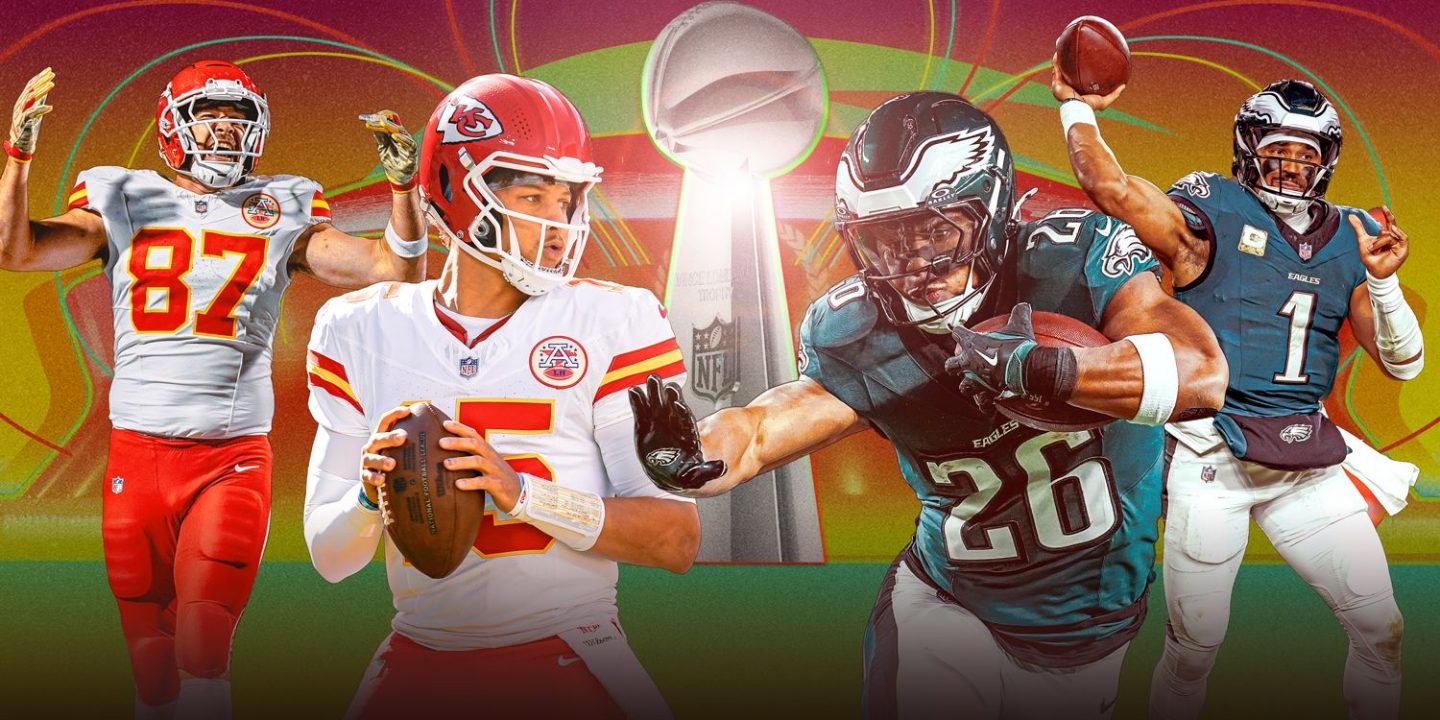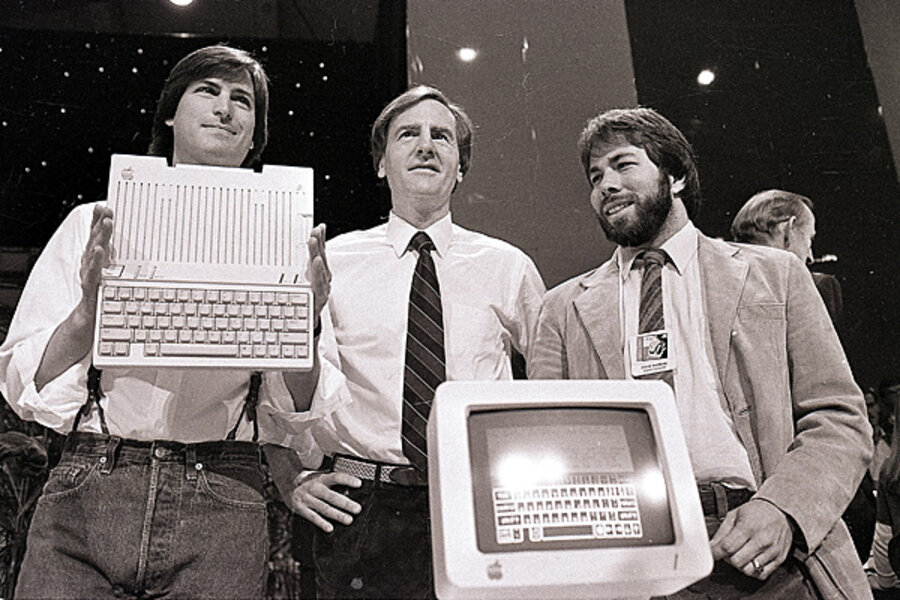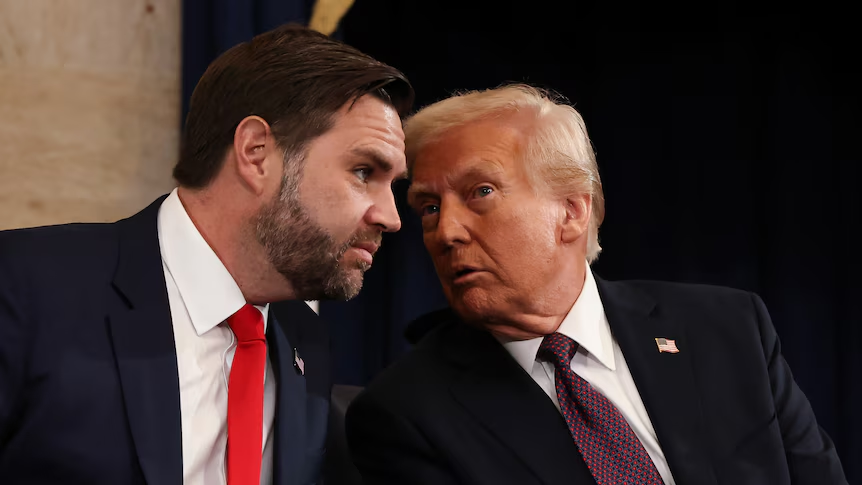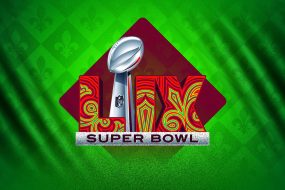
The Super Bowl is one of the most impressive cultural events in the United States since its inception in 1967. What began as a championship game between the NFL and AFL has transformed into a major spectacle sport, becoming a staple of American pop culture. This blog explores the history and cultural symbols of the Super Bowl.
Early Years: The Birth of a Tradition
The first Super Bowl, held in 1967, was not the sell-out event we see today. It was a simple championship game that reflected its initial status as just another football match. However, the game began to gain traction due to historic moments, such as Joe Namath’s famous upset in Super Bowl III, which helped elevate its profile and set the stage for future growth.

Rise to Prominence: The 1980s and Beyond
The Commercial Craze
The 1980s marked a turning point for the Super Bowl, particularly with the introduction of memorable commercials. The 1984 Apple Macintosh advertisement showcased how Super Bowl ads could become cultural events in their own right, leading advertisers to invest heavily in creating memorable spots specifically for the game. This trend has continued, with brands vying for attention during the broadcast.

A Cultural Campfire
The Super Bowl has become a “cultural campfire” moment in American society. Families and friends gather to watch the game, enjoy food, and engage with the entertainment surrounding it, including the halftime show and commercials. This communal aspect has solidified the Super Bowl’s place in American culture.
Current Status: A National Celebration
Unmatched Viewership
Today, the Super Bowl is the most-watched television event in America, drawing over 100 million viewers annually. This massive audience makes it a unifying event that captures the attention of a diverse demographic, including those who may not typically follow football.

Economic Impact
The economic implications of the Super Bowl are staggering. The cost of a 30-second advertisement during the game has skyrocketed to around $7 million, reflecting its status as a premier advertising opportunity. Advertisers justify this investment due to the extensive reach and cultural event.
More Than Just a Game
Halftime Shows
The halftime show has become a platform for major musical acts, intertwining the event with American pop culture. Performers at the Super Bowl are often seen as confirming their status as megastars, further enhancing the spectacle of the event.

An Unofficial National Holiday
The Super Bowl is often considered an unofficial national holiday, with spending on food and party supplies. This showcases its role in American social life, as people come together to celebrate, regardless of their interest in football.
Conclusion
In summary, the Super Bowl has transformed from a simple football game into a multifaceted cultural phenomenon encompassing sports, entertainment, and social gatherings. Its evolution reflects broader trends in American society, making it a unique and enduring aspect of American culture.
Read more on Lifetips.blog














